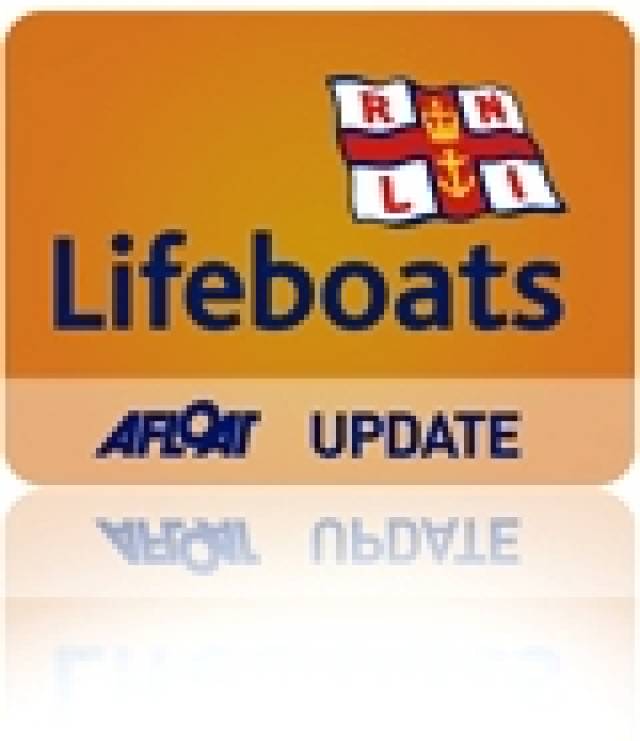Over 90% of lifejackets tested at Ireland's two biggest sailing centres failed simple checks carried out by the Royal National Lifeboat Institute (RNLI) last week writes Irish Times Sailing Columnist David O'Brien.
From 91 jackets tested in Cork and Dublin, 83 failed a free inspection.
The annual Lifejacket check service carried out by the institute was only taken up by 40 sailors from an estimated 1,000 competing crews at Cork week. 35 failed the test.
In Dun Laoghaire, last Saturday the RNLI offered the service again prior to Dublin Bay racing, where the total fleet is over 300 boats, the country's biggest sailing centre. 51 from a possible 2500 lifejackets were checked. Only three were deemed ok.
There were several different reasons for the failures including rusty or out of date inflation capsules but the bulk were rejected because jackets were not fitted with crotch straps. "It is the RNLI opinion these lifejackets may not work to their full potential because they may not keep the wearer's airway above water", says the RNLI's Kevin Rahill.
It's an important point so it is a wonder how lifejackets can be sold without them. What is not explained though is why so few sailors took up the free check or why nearly half the lifejackets presented had out of date capsules?
There is little doubt there has been an increased use of lifejackets in recent years but as last weeks survey shows it's equally important to know the lifejacket you are wearing actually works if you end up in the water.
RNLI Lifejacket Checks
Crosshaven:
LJs Checked 40
Ok 5
No Crotch Strap 18
OOD Capsule 22
OOD Hammar 1
Mk 3 Head 1
Rusty Cyl 2
Slack or Cyl out 4
Fired 3
Condemned (evidence of severe damage to fabric, mechanism etc) 1
Dun Laoghaire:
LJs Checked 51
Ok 3
No Crotch Strap 30
OOD Capsule 21
OOD Hammar 9
Mk 3 Head 1
Rusty Cyl 4
Slack or Cyl out 2
Fired 1
Condemned (evidence of severe damage to fabric, mechanism etc) 5
Since this article first appeared in the Irish Times on Friday, July 27 plans are afoot to test Lifejackets again in Dun Laoghaire in August or September.
We want your view on our forum thread HERE!
Related Safety posts
RNLI Lifeboats in Ireland
Safety News
Rescue News from RNLI Lifeboats in Ireland
Coast Guard News from Ireland
Water Safety News from Ireland
Marine Casualty Investigation Board News
Marine Warnings































































